



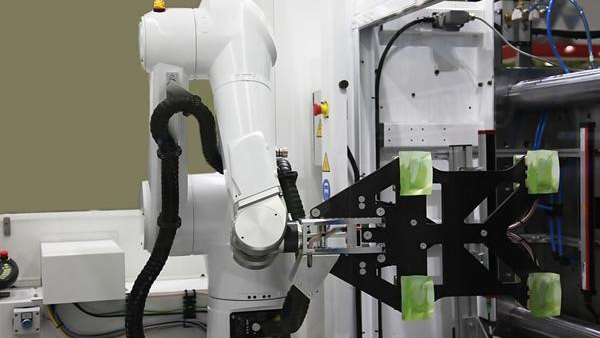
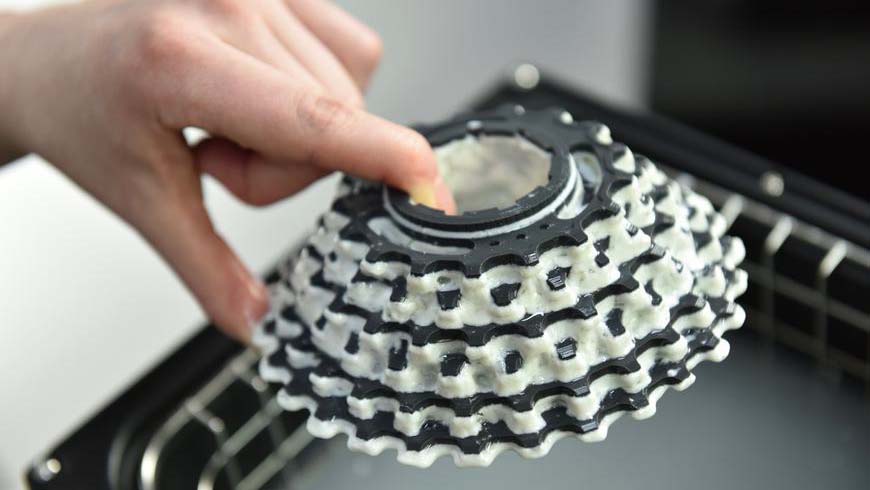
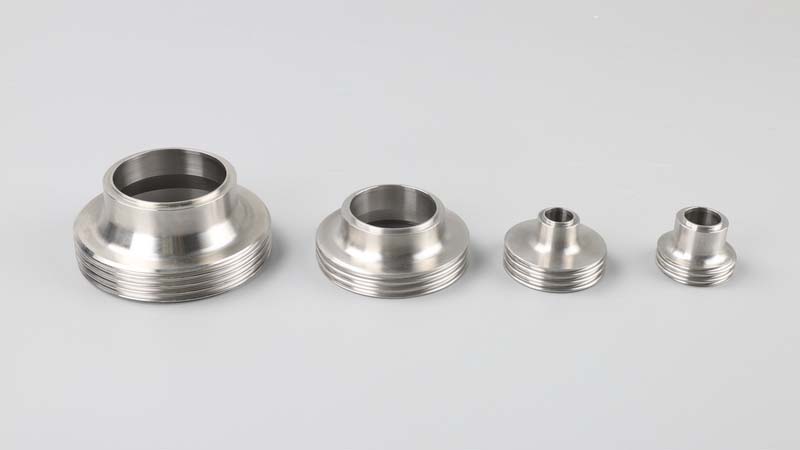
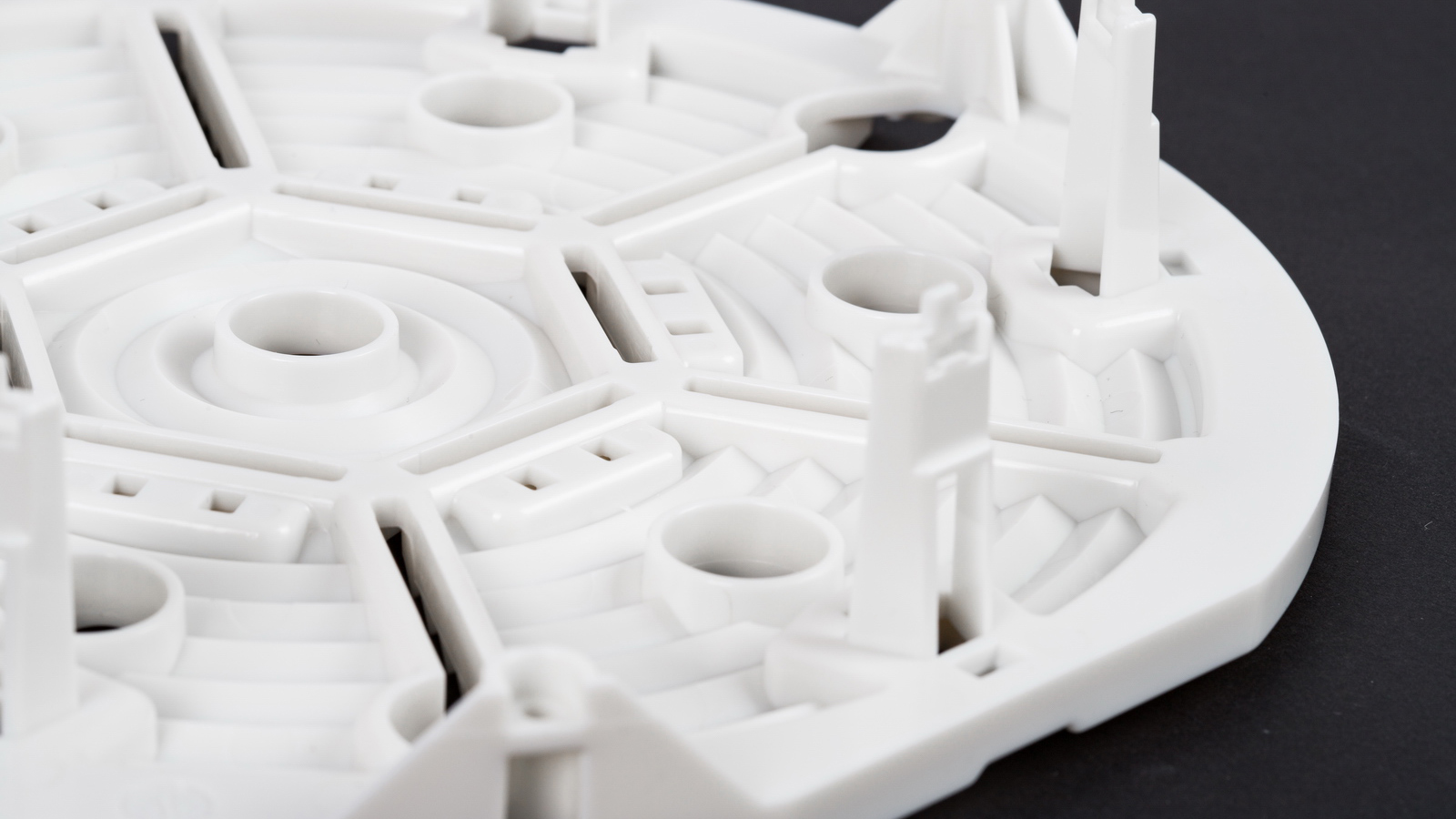
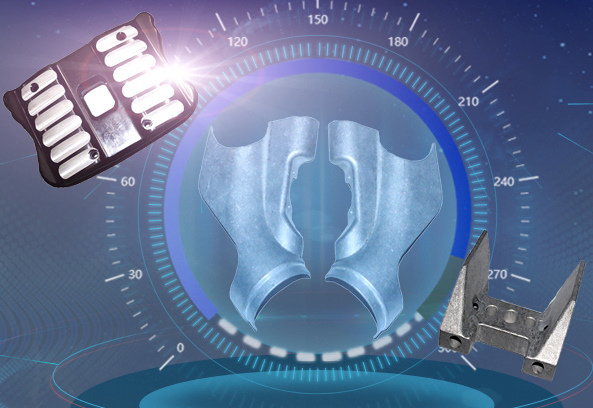


Forging: Professional Terminology
Category 1: Fundamental Processes & Classifications
|
Term |
Definition & Context |
|
Forging |
The manufacturing process of shaping metal
using localized compressive forces, typically delivered by a hammer, die, or
press. |
|
Hot Forging |
Forging performed above the metal's
recrystallization temperature. This increases ductility and reduces required
force, allowing for complex shapes. |
|
Cold Forging |
Forging performed at or near room
temperature. This increases strength via strain hardening and provides
excellent dimensional accuracy. |
|
Warm Forging |
Forging performed below the
recrystallization temperature but significantly above room temperature. A
balance between hot and cold forging. |
|
Open-Die Forging |
Forging between simple, flat or contoured
dies where the workpiece is not fully constrained. The operator manipulates
the workpiece to achieve the desired shape. Ideal for large, simple parts. |
|
Closed-Die Forging |
Forging between two dies containing a
precut impression of the desired part shape. The workpiece is fully
constrained within the die cavity. Also called Impression-Die Forging. |
|
Roll Forging |
A process where a bar stock is passed
between two contoured rolls that progressively reduce its cross-section and
increase its length to form a part (e.g., a tapered lever). |
|
Upset Forging |
A process that increases the diameter of a
stock by compressing its length. Performed horizontally in a specialized
machine. |
|
Isothermal Forging |
A specialized process where the die is
heated to the same temperature as the workpiece. Used for superalloys and
other difficult-to-work materials to minimize cooling and reduce forging
pressure. |
Category 2: Equipment & Tooling
|
Term |
Definition & Context |
|
Hammer (Drop Hammer) |
Equipment that deforms the workpiece by the
impact energy of a falling ram. Can be gravity-driven (drop hammers) or
power-assisted. |
|
Press (Forging Press) |
Equipment that applies a slow, controlled,
compressive force to deform the workpiece. |
|
Mechanical Press |
A press that uses a motor and a mechanical
mechanism (e.g., crank, eccentric) to move the ram. |
|
Hydraulic Press |
A press that uses hydraulic cylinders to
move the ram. Capable of the highest forces and full-tonnage at any stroke
position. |
|
Die |
A hardened tool steel block that contains
the impression of the part to be forged. It is the core tooling in forging. |
|
Die Holder / Bolster |
A heavy block that holds and supports the
die assembly in the press or hammer. |
|
Punch |
The male part of a die set that performs
operations like piercing. |
Category 3: Workpiece & Material States
|
Term |
Definition & Context |
|
Ingot |
A large, cast metal block that is the initial
product of a primary metal facility. Often used as the starting stock for
large open-die forgings. |
|
Billet / Bloom |
A semi-finished product of a square or
rectangular cross-section, typically produced by rolling an ingot. A common
starting stock for forging. |
|
Bar Stock |
Long, straight lengths of metal of a
specific cross-section (round, square, hexagonal), used as feedstock for many
forging processes. |
|
Blank |
A pre-cut piece of stock (from a billet or
bar) that is ready to be placed into the forging die. |
|
Preform |
A preliminary forged shape, often from an
earlier forging operation, that is designed to distribute metal optimally
before the final forging blow. |
Category 4: Die & Part Features
|
Term |
Definition & Context |
|
Parting Line (P/L) |
The plane where the two die halves meet. It
is often visible as a line on the finished forging. |
|
Draft Angle |
A taper applied to the vertical walls of
the forging to allow for its ejection from the die cavity. Essential for part
removal. |
|
Flash |
The thin layer of metal that is forced out
into the gap between the die halves during impression-die forging. It is
later trimmed off. |
|
Flash Land |
The narrow, flat surface on the die that
forms the flash and creates the resistance necessary to ensure the die cavity
is completely filled. |
|
Gutter |
The recess in the die outside the flash
land that allows space for the excess flash to flow. |
|
Rib |
A thin, raised wall on a forging. |
|
Web |
A thin, flat section of a forging that
connects ribs and other features. |
|
Die Cavity |
The hollow impression in the die that gives
the forging its shape. |
|
Shut-off |
A sealing surface within the dies that
prevents metal from flowing into certain areas, often used to create internal
passages. |
Category 5: Metallurgy & Quality
|
Term |
Definition & Context |
|
Grain Flow |
The directional pattern of the metal's
grain structure that is aligned along the contours of the forging during
plastic deformation. This is the primary reason for the superior mechanical
properties of forgings. |
|
Recrystallization |
The formation of a new, strain-free grain
structure within a deformed metal when heated above its recrystallization
temperature. This occurs during hot forging. |
|
Strain Hardening (Work Hardening) |
The increase in hardness and strength of a metal
caused by plastic deformation at temperatures below its recrystallization
point (i.e., during cold forging). |
|
Forging Laps |
A defect caused when a surface fold of
metal is forged into the surface of the part. Often a result of improper die
design or technique. |
|
Die Shift |
A defect where the two halves of the die
are misaligned, causing a mismatch at the parting line on the forging. |
|
Scale |
The layer of oxide that forms on the
surface of the metal when heated in the presence of air. It must be removed
to avoid being forged into the part surface. |
Category 6: Secondary Operations
|
Term |
Definition & Context |
|
Trimming |
The operation of removing the flash from
the forged part, typically done in a press with a trimming die while the part
is still hot. |
|
Heat Treatment |
A process of heating and cooling the
forging (e.g., annealing, normalizing, quenching & tempering) to achieve
the desired mechanical properties (strength, hardness, toughness). |
|
Shot Blasting |
Propelling a stream of abrasive material
(shot) at the forging to remove scale and clean the surface. |
|
Shot Peening |
A similar process to shot blasting, but
controlled to impart compressive stresses on the surface of the part,
improving its fatigue life. |
|
Coining |
A final precision forging operation
performed in a special die under high pressure to improve surface finish and
hold critical dimensions. |
|
Machining |
Removing material from the forging (e.g.,
turning, drilling, milling) to achieve final dimensions and tolerances that
cannot be achieved by forging alone. |